I have currently the following line in my program. I have two other whole number variables, x and y.
I wish to see if this new point(x, y) is on this line. I have been looking at the following thread:
Given a start and end point, and a distance, calculate a point along a line
I've come up with the following:
if(x >= x1 && x <= x2 && (y >= y1 && y <= y2 || y <= y1 && y >= y2))
{
float vx = x2 - x1;
float vy = y2 - y1;
float mag = sqrt(vx*vx + vy*vy);
// need to get the unit vector (direction)
float dvx = vx/mag; // this would be the unit vector (direction) x for the line
float dvy = vy/mag; // this would be the unit vector (direction) y for the line
float vcx = x - x1;
float vcy = y - y1;
float magc = sqrt(vcx*vcx + vcy*vcy);
// need to get the unit vector (direction)
float dvcx = vcx/magc; // this would be the unit vector (direction) x for the point
float dvcy = vcy/magc; // this would be the unit vector (direction) y for the point
// I was thinking of comparing the direction of the two vectors, if they are the same then the point must lie on the line?
if(dvcx == dvx && dvcy == dvy)
{
// the point is on the line!
}
}
It doesn't seem to be working, or is this idea whack?